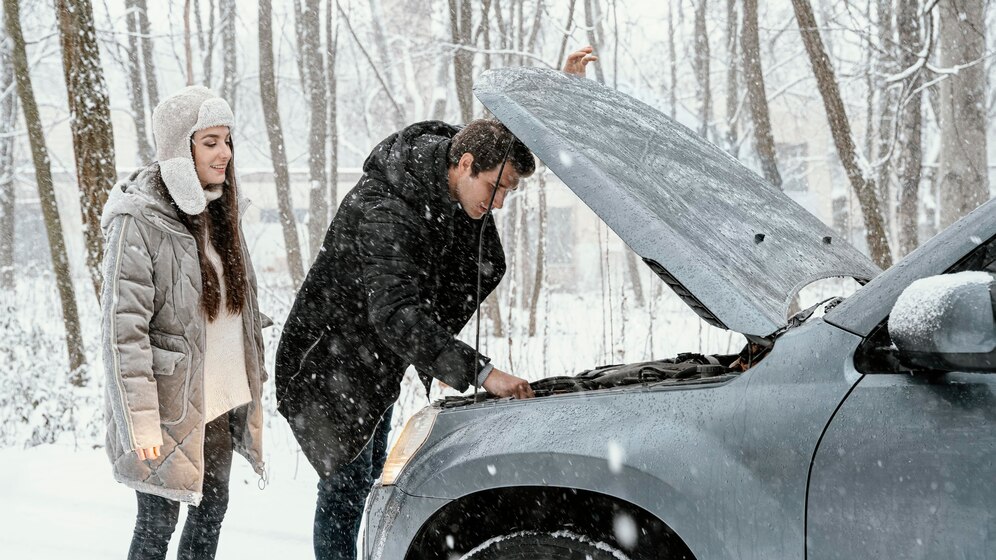
How to Handle Freeze Damage Insurance Claims: A Guide for Public Adjusters
January 6, 2025 8:25 am The havoc caused by freeze damage can disrupt many structures with burst pipes, ruined roofs, and nonfunctional HVACs. As a public adjuster, it is your job to help the policyholder understand the convoluted distinction in the process of filing and negotiating freeze damage insurance claims. This guide will outline best practices and basic steps to help put together an effective claim.Understanding Freeze Damage Coverage
The first step in helping clients is understanding their insurance policies-limitations on freeze damage coverage. Most standard homeowners’ policies will cover sudden and accidental damages from freezing temperatures: burst pipes would be an example. Coverage, however, might be denied in some cases where the homeowner was not maintaining reasonable heating or otherwise took insufficient steps to prevent freezing.
Clarifying Your Client’s Major Points:
Confirm that the client understands the exact terms, conditions, and exclusions of the policy. Determine if there are any additional endorsements covering things such as sewer backups. Whether or not the policyholder fulfilled any preventive maintenance obligations. Initial Assessment and Documentation Effective Documentation is Key to Effective Hate Claims. Document thoroughly right after hire, including a thorough inspection of the property.- Inspect the Damage: Determine all areas affected by freeze damage: pipes, walls, ceilings, floors, and systems outdoors. If necessary, use moisture meters and thermal imaging tools.
- Photographic and Video Documentation: Take undistorted images and HD videos from several angles to capture richness on images. Also, pay attention to any secondary issues, i.e., evidence of mold formation or even structural weakening.
- Write a Comprehensive Inventory: Describe all damaged items, including their size, approximate worth, and age; used to prove the loss’s extent and replacement and repair needs.
- Check Utility Bills and Weather Records: If coverage is based on freezing conditions unbeknownst to the policyholder, utility bills and historical weather data can support your client’s case.
Preparation of a Nearly Comprehensive Claim
Finally, claim filing to complete the documentation and start preparing the thorough claim submission. Indeed, the “best” possible submission will benefit the policyholder.- Policy Analysis: Correlate the damage to specific provisions of the policy. Pay particular attention to limits, deductibles, and exclusions.
- Work Together with Experts: These include contractors, plumbers, and other specialists, in preparing professional estimates for repair or replacement costs.
- Prepare a Detailed Report: Accompanied with all evidence, expert opinions, and cost breakdowns. Stress how such damages by freezing qualify as those covering loss.
- Timely filing of the Claim: The longer it takes to file such claims the more complicated the process would be or maybe weaker in terms of the client’s possible case.
Adjuster Negotiations
Once claims have been turned in, damage will then be put under review by the adjuster of the insurance company. It is a time during which your client will have representation in advocacy.- Be Present During Inspections: Accompany them throughout the inspections done by the adjuster’s insurance company to ensure that they will not miss critical damage.
- Negotiate Aggressively: If the initial offer from the insurance company is inadequate, present your documentation and interrogate the insurance company’s findings. Stay professional but firm.
- Bring Similar Cases to Bear: Reference previous damage by freezing in this country to reinforce your position.
Common Problems and Solutions
1. Preventative Measures:
Solution: Prove that your client took reasonable steps toward damage prevention such as pipe insulation or sufficient heating.2. Exclusion Denial from Policy:
Solution: Scrutinize the policy language and fight against ambiguous or unfair exclusions.3. Payment Delays:
Solution: Regular follow-ups and escalation to state insurance regulators when the situation warrants it.Last Steps: End of Claim
After the agreement between the parties, ensure that the check covered the settlement amount. Such verification may be inclusive of an appraisal of the invoices related to the repairs to ensure that the funds indeed pay for work necessary. The customer would also get preventive measures advised for the future to avoid damage from freeze.Conclusion
Diligent, skilled, and client-centric handling of claims for freeze damage must be made. Requisite documentation of losses, strong claim filing, and effective negotiation ensure the best outcome for clients. As a public adjuster, your job is not just to find your way through the woods of insurance policy semantics, but also to provide peace of mind to property owners in tough times.for more information visit here:
Freeze Claims: A Comprehensive Guide for San Antonio, TexasTags: Freeze Damage
Categorised in: Claims FAQs, Commercial, Fire Damage, Individual Service, Insurance, Public Adjuster, public adjuster near me, Residential, Services Overview, Storm Damage, Underpaid Claims
This post was written by Trishala Tiwari

Comments are closed here.